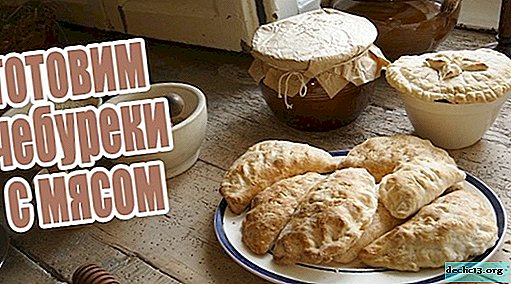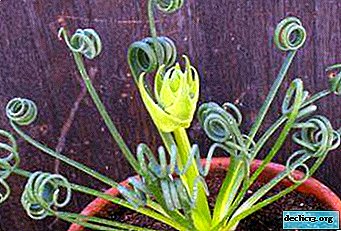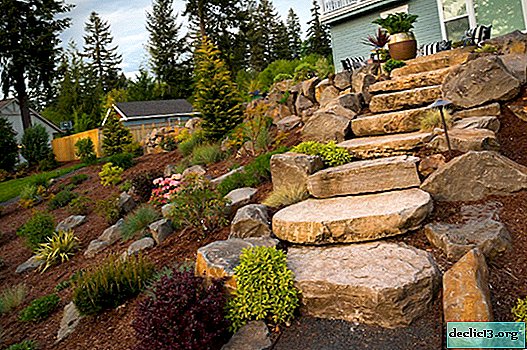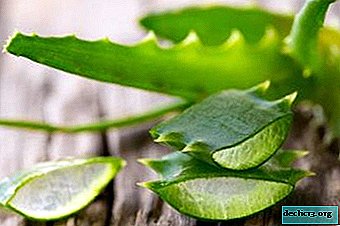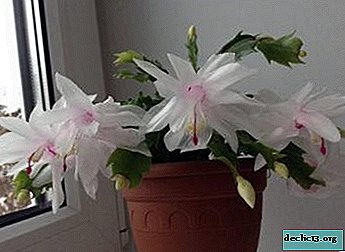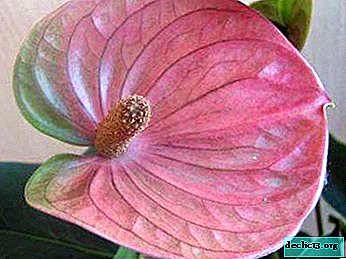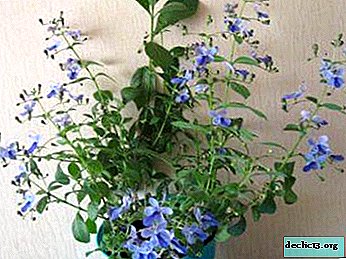Description and photo of varieties of clerodendrum inerme, as well as tips for caring for the plant
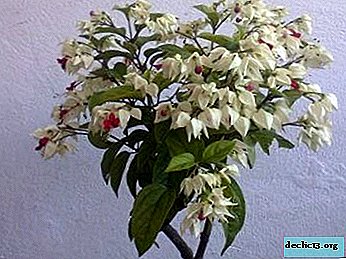
Clerodendrum inerme is a genus of unusual southern plants. There are approximately four hundred different species. Clerodendrum is common in the following continents: Africa, Asia and South America.
Usually these plants come in the form of shrubs and vines. They are evergreen or semi-deciduous.
Among flower growers, clerodendrums are popular for their fragrant flowering, unpretentiousness in care, and easy rooting.
Botanical Description
This type of plant has flexible and long shoots. Over time, they turn into woody thickets. Clerodendrum has amazing flowering beauty that lasts all summer.
Since the plant has many species, all of them are distinguished by a variety of shapes and colors of flowers and leaves, and are also characterized by rapid growth and are an evergreen bush plant.History of occurrence
In Greek, the name will be: kleros - "fate", and dendron - "tree". The plant gained its popularity in the 19th century, when aristocrats had fashionable winter gardens and tropical galleries. In those days, the plant was often called volacameria, now they are called clerodendrum. The flowers of this plant in ancient Rome adorned the temples of Venus.
Varieties: photo and description
Brilliant
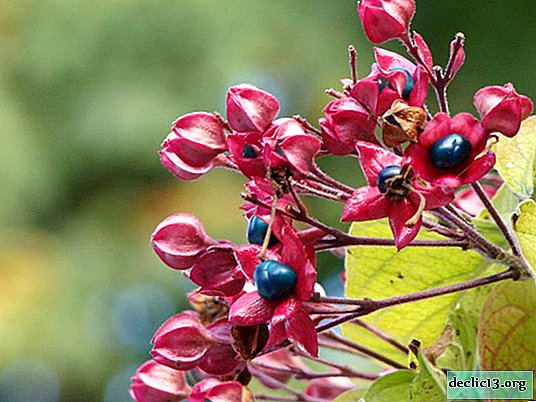
Brilliant it is called for its bright "varnish" leaves. In nature, the species is common in the highlands of South China, India and Nepal.
This species also has magnificent snow-white flowering and blooms in any season.In the autumn period, abundant flowering is noted. Its leaves are bright green. On the peduncles are white flowers that are collected in inflorescences. The flowering cycle lasts about two months. The peculiarity of this flower is long stamens.
Philippine
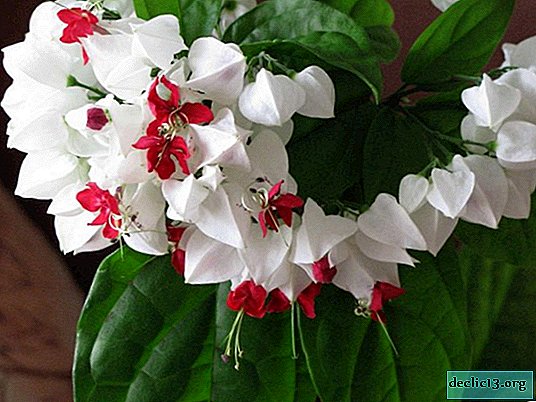
Fragrant volkameria usually reaches two meters in height. The size of the leaves varies around 12-16 centimeters. The leaves have a gray-green hue, and their structure is velvet.
The main distinguishing feature is flowering. Pinkish-white flowers. Since they are located close to each other, it seems that this is one whole flower.The main feature of Clerodendrum of the Philippines is the ability to bloom all year round.
Thompson
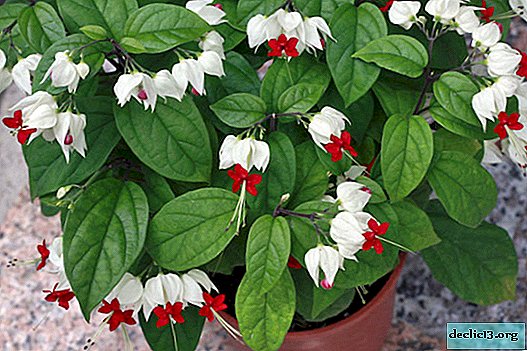
The growth rate is very high. The branch is thin and smooth. Over the years, the liana is covered with tree bark. Bundles of inflorescences are heart-shaped in white. The leaves are bright green, pointed at the tips.
Indoor Clerodendrum Thompson grows quickly enough.It blooms in the spring. The plant prefers frequent watering and humid air.
To learn more about the features of the content of Thompson's Clodendrum, as well as see the photo of the flower, click here.
Beautiful
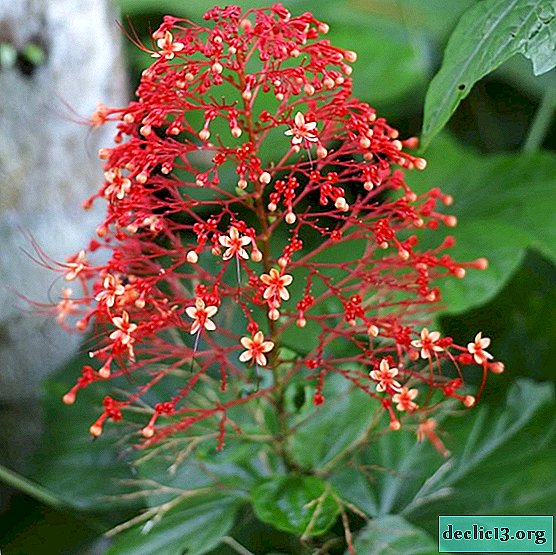
A species that grows on the African continent. In the wild, its size ranges from 2.5 to 3 meters, but at your place this plant will grow to a maximum of 1 meter. The flowers are bizarre and have a bright red color.
This species is significantly different from others, as it has a non-standard shape. The stamens of the beautiful Clerodendrum protrude strongly outward. The peculiarity of this plant in its long flowering is throughout the summer and autumn.
Variegated
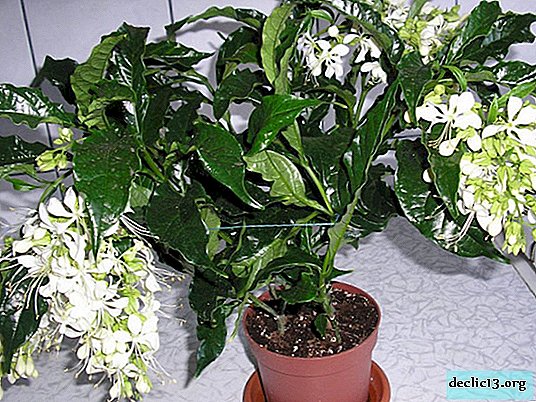
Variegate as well as others is an evergreen species. The stamens of the flower are lilac, and the petals are pale white. Loves the sun's rays, not quite whimsical to the soil.
It feels great on the sea coast, while not being afraid of the heat and sea spray. This plant easily tolerates pruning and quickly forms new processes.
Landing instructions: rules and tips
Do the planting in early spring, when Clerodendrum just began to grow, and the first leaves appeared. If you need to transplant at a different time of the year, then do it carefully using the transshipment procedure.
The substrate needs a light and fertile. Most often it is forest land, river sand. If the shoots of the plant are too long, tie them so as not to break when planting.
When transplanting, you must choose a pot with a large hole. Be sure to pour expanded clay on the bottom of the pot, the thickness of the embankment should not exceed five centimeters.Soil requirements
For clerodendrum, it is better to choose slightly acidic soil. The soil mixture is as follows:
- fertile turf;
- dry peat;
- coarse sand;
- sheet earth.
The first one needs to be taken twice as many as the others.
Lighting and location
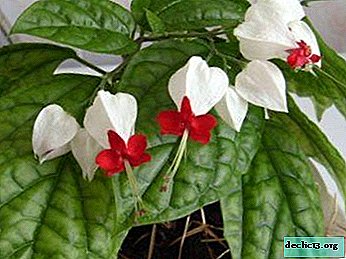 Clerodendrum is best placed on the windowsill of a window that will face west or east. The north side should not be chosen, since the plant will not bloom, and if planted on the south side, there will be an abundance of sunlight.
Clerodendrum is best placed on the windowsill of a window that will face west or east. The north side should not be chosen, since the plant will not bloom, and if planted on the south side, there will be an abundance of sunlight.
The flower treats light well, however, in the hot season, you need to be extremely careful and avoid excessive exposure to sunlight.
From strong direct rays of the sun, the flower can get burns. In winter, it is worth removing the flower from the windowsill and giving the necessary amount of light with a fluorescent lamp.
How to care?
Watering
Clerodendrum is most in need of good watering. When the plant is actively growing, it must be watered several times a week, and every day moistened with settled water at room temperature.
During flowering, it is especially important to maintain moisture. Do not over-fill the flower, drain excess water.Top dressing
Fertilizers are added only during the period of active growth. You need to do this every thirteen to fifteen days. The first time it is worth feeding, it is right after a plant transplant. After the clerodendrum has flowered, it does not need fertilizer until its next flowering. The plant can be fertilized with both organic and liquid fertilizers.
Pruning
The processes need to be cut off by a third annually. It is also necessary to get rid of shrunken, broken, dead lashes. Thus, the flower is stimulated to form new shoots.
Common Diseases and Pests
The most common pests:
- spider mite;
- whitefly;
- scale shield.
If these pests are found, it is worth taking action immediately. It is necessary to water and spray clerodendrum, and then put a plastic bag on top of the plant and leave it tightly closed for several days.
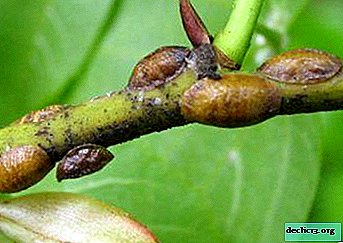 It helps to rub the leaves with alcohol. Also wipe places of a large accumulation of pests with soap suds. In especially difficult situations, they spray:
It helps to rub the leaves with alcohol. Also wipe places of a large accumulation of pests with soap suds. In especially difficult situations, they spray:
- Actara.
- Fitoverm.
- Admiral.
Powdery Mildew and Powdery Mealybug are diseases that can affect your plant:
- Powdery mildew manifested by a white coating on the leaves. All you need to do is remove the leaves with the damage and treat it three times with an interval of ten days with a fungicide for plants.
- Mealybug - A serious disease that stops the growth and causes the plant to drop leaves. Urgently spray clerodendrum with Actara or other chemicals.
Propagation Features
The plant propagates both by seeds and by cuttings. It is easiest to grow, with the help of a handle, ten to fifteen centimeters long:
- Usually cut in early spring.
- Then its lower part is immersed in the solution of the root stimulant.
- After a day, the cuttings are rooted in individual pots filled with a mixture of peat and sand or humus in equal proportions.
Clerodendrum seeds ripen in late winter, and they are planted in early spring. The container into which the plant was planted is covered with a film and the temperature is maintained at about twenty-two degrees. The first sprouts will appear after 50-60 days. When three or four true leaves appear, the plant is planted in pots.
Possible problems
- If you notice that the leaves are yellow and dry, then the soil is not sufficiently moistened.
- Dark yellow spots on the leaves mean that the clerodendrum receives sunburn.
- With a lack of lighting, the leaves become small, and the stems are stretched.
- If you notice that the flower does not bloom, then there is a lack of nutrients in the soil or an oversupply, in which case the leaves are large and dark green.
Conclusion
Clerodendrum is a great decoration for your home. Unusual fragrant flowers of various shades are their distinctive feature. To collect a collection of exotic plants from representatives of all available species is a very interesting thing.





